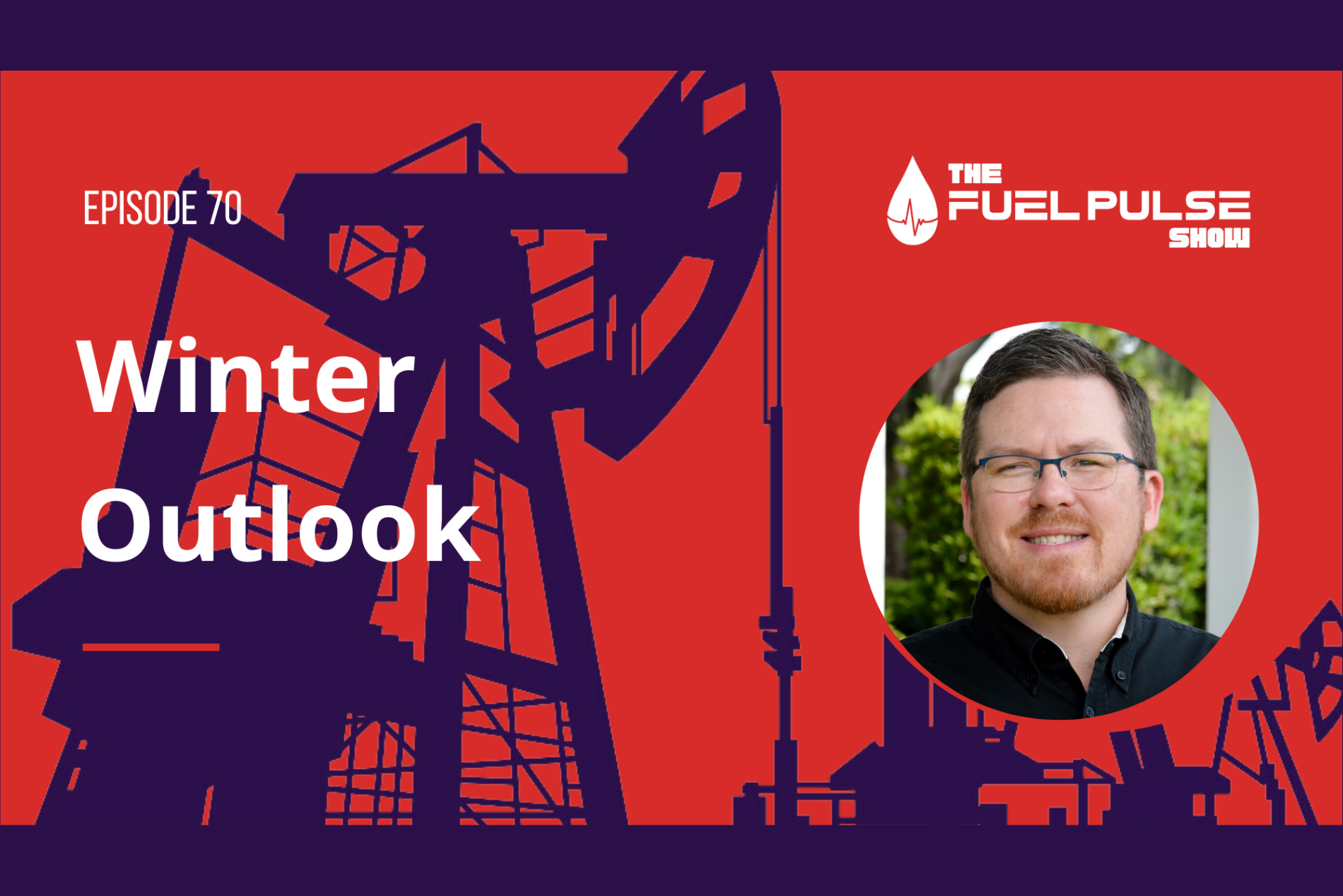Episode 058 - Back To School - Diesel Gelling Temps
In this Fuel Pulse Show podcast episode, host Erik Bjornstad delves deeper into the complexities of diesel fuel gelling. Building on previous...

In this episode of the Fuel Pulse Show podcast, host Erik Bjornstad explores diesel fuel's behavior in cold temperatures. He explains the fuel's composition, focusing on paraffin wax molecules and their role in cold weather problems.
The episode covers key concepts such as cloud point and cold filter plug point, detailing how paraffin wax crystallization occurs and affects fuel performance. Bjornstad provides typical temperature ranges for these phenomena and discusses factors influencing fuel gelling. The episode concludes with a preview of future content on temperature patterns and prevention strategies for cold weather fuel issues.
Here are three notable quotes from the podcast episode:
[00:00:00] Introduction to the episode's topic: What happens to diesel fuel in cold temperatures
[00:01:00] Explanation of diesel fuel composition and paraffin wax
[00:02:00] Discussion of how paraffin wax becomes insoluble as fuel cools
[00:03:00] Introduction to the concept of cloud point
[00:04:00] Typical cloud point temperature for ultra-low sulfur diesel fuel
[00:05:00] Explanation of wax crystallization process as temperature drops
[00:06:00] Discussion of what happens when temperature stays cold or drops further
[00:07:00] Explanation of how wax buildup affects fuel filters and engine operation
[00:08:00] Introduction to cold filter plug point temperature
[00:09:00] Comparison of cloud point and cold filter plug point temperatures
[00:10:00] Recap of key points learned about diesel fuel in cold temperatures
[00:11:00] Preview of next episode's content
[00:12:00] Closing remarks and call to action for listeners

In this Fuel Pulse Show podcast episode, host Erik Bjornstad delves deeper into the complexities of diesel fuel gelling. Building on previous...

In Episode 70 of the Fuel Pulse Show, Erik Bjornstad provides a comprehensive analysis of the upcoming winter weather forecast across different U.S....

In this episode of the Fuel Pulse Show, host Erik Bjornstad continues the "back to school" series, focusing on preventing winter gelling problems in...